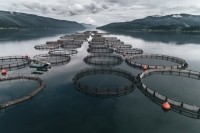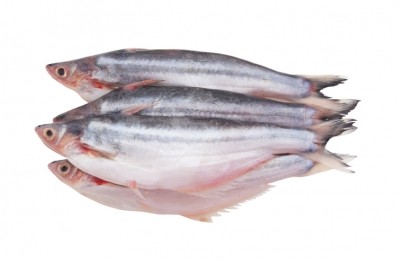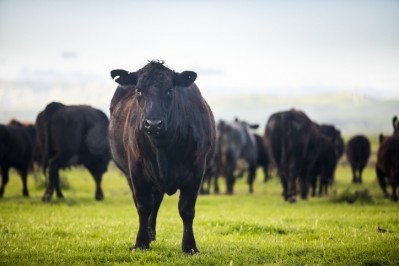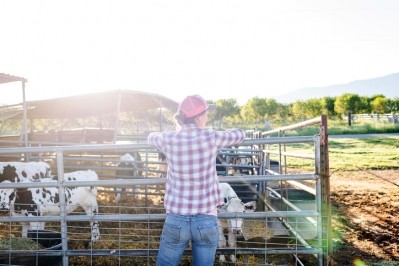Animal protein consumption set to ‘level off’ in wealthier countries

Assuming a fast recovery from the global COVID-19 pandemic and no major changes to weather conditions or the policy environment, the OECD-FAO Agricultural Outlook 2021-2030 presents the major trends in food and agricultural markets over the coming decade
Due to growing health and environmental concerns, per capita meat consumption is not expected to increase and consumers will increasingly replace red meat by poultry and dairy products, predict the Organization for Economic Co-operation and Development (OECD) and the UN’s Food and Agriculture Organization (FAO).
Demand for poultry meat is projected to grow steadily as consumers see it as a healthier and more environmentally sustainable product than beef and pork. Poultry is also more affordable than other meat types, reads the report.
Weakening demand for beef in high-income countries is due to several factors, including concerns about the climate impact of cattle production, and dietary recommendations by governments, which in several countries, advise limiting weekly intakes of red meat, they noted.
The food industry has already started to respond to the shift away from animal protein, developing a range of new products and ingredients using different plant-based proteins and biotechnological innovations such as cultured meat or fungal protein. "However, at the global level, this trend is expected to be offset by rising demand for animal protein in middle-income countries."

The outlook predicts preference for livestock products and fish is expected to remain strong in middle-income countries, with per capita availability of animal protein in those markets is projected to increase by 11%. The consumption gap with high-income countries will thus be narrowed by 4% to 30g per person per day in 2030.
In China and South East Asia, meat and fish are expected to account for most of the increase in animal protein availability over the coming decade - meat consumption will be driven by both pork and poultry in China, and entirely by poultry in South East Asia, predict the global organizations.
Feed efficiency
The outlook also highlights the important influence of feed efficiency and disease outbreaks on future trends in animal production and agricultural markets.
It forecasts lower growth in livestock production and improved feeding efficiency in high-income countries and some emerging economies. Such trends should result in slower growth in feed demand compared to last decade, according to the authors.
By contrast, several low and middle-income countries will experience strong growth in feed demand over the coming decade, as their livestock sectors expand and intensify. The development of farmed animal production in China, the world’s largest feed consumer, will be central to the development of global feed markets, they noted.
“About 30% of the additional demand for feed will originate in China, where demand is expected to grow by 1% per annum over the projection period. China’s feed demand growth is projected to slow down compared to the last decade (3.8% per annum) due slower growth in livestock production, and improvements in feeding efficiency owing to better management practices and animal genetics.
“The outlook assumes that the average feed use per unit of livestock product will not change significantly following hog herd rebuilding from African Swine Fever (ASF), which started in 2020. While the move away from backyard production towards larger, modern production facilities could lead to intensification in compound feed use, these facilities also have better feeding efficiency than the first generation feed-based facilities, thus enabling a reduction in feed use per unit of output.”

High feed demand growth is projected in South East Asia, at 2.2% per year, with the region accounting for 10% of additional feed demand over the next ten years.
Demand growth will mainly be on the account of high feed demand growth in Vietnam and Indonesia due to fast expanding poultry production and expected recovery of pork production following the ASF outbreak.
In India, the outlook sees strong growth in dairy production, together with feed intensification, supporting a 2.4% yearly growth in feed demand over the next 10 years.
Demand for protein meals is projected to rise over the coming decade by 3% per year, and 2.5% per year, in India and South East Asia, respectively, reflecting the intensification of livestock production as these countries move towards compound feed-based diets.
Agricultural yields
The outlook sees global agricultural production rising by 1.4% per annum up to 2030.
Well-targeted public and private spending are especially critical for improving agricultural productivity, it finds. Investments in improving yields and improved farm management will drive growth in global crop production, according to the report.
Regional yield gaps are expected to narrow over the coming decade, as yields of the main crops are projected to increase in India and Sub-Saharan Africa through better adapted seeds and improved crop management.
Aquaculture, livestock volumes
Similar to trends in crop production, a large share of the projected 14% production growth in livestock and fish production will come from productivity improvements. However, herd enlargements are also expected to significantly contribute to livestock production growth in emerging economies and low-income countries.

"Productivity improvements in the livestock sector will be mainly achieved through more intensive feeding methods, improved genetics and better herd management practices."
Aquaculture production is expected to overtake capture fisheries production in 2027 and account for 52% of all fish production by 2030, they added.
Controlling GHG emissions
The carbon intensity of agricultural production is expected to decline over the coming decade as direct agricultural greenhouse gas (GHG) emissions are projected to grow at a lower rate than agricultural production, say the organizations.
“Nevertheless, global GHG emissions from agriculture are projected to increase by 4% over the next ten years, with livestock accounting for more than 80% of this increase. Thus, additional policy effort will be needed for the agricultural sector to effectively contribute to the global reduction in GHG emissions as set in the Paris Agreement. This includes large-scale implementation of climate smart production processes to mitigate GHG emissions, especially in the livestock sector.”








